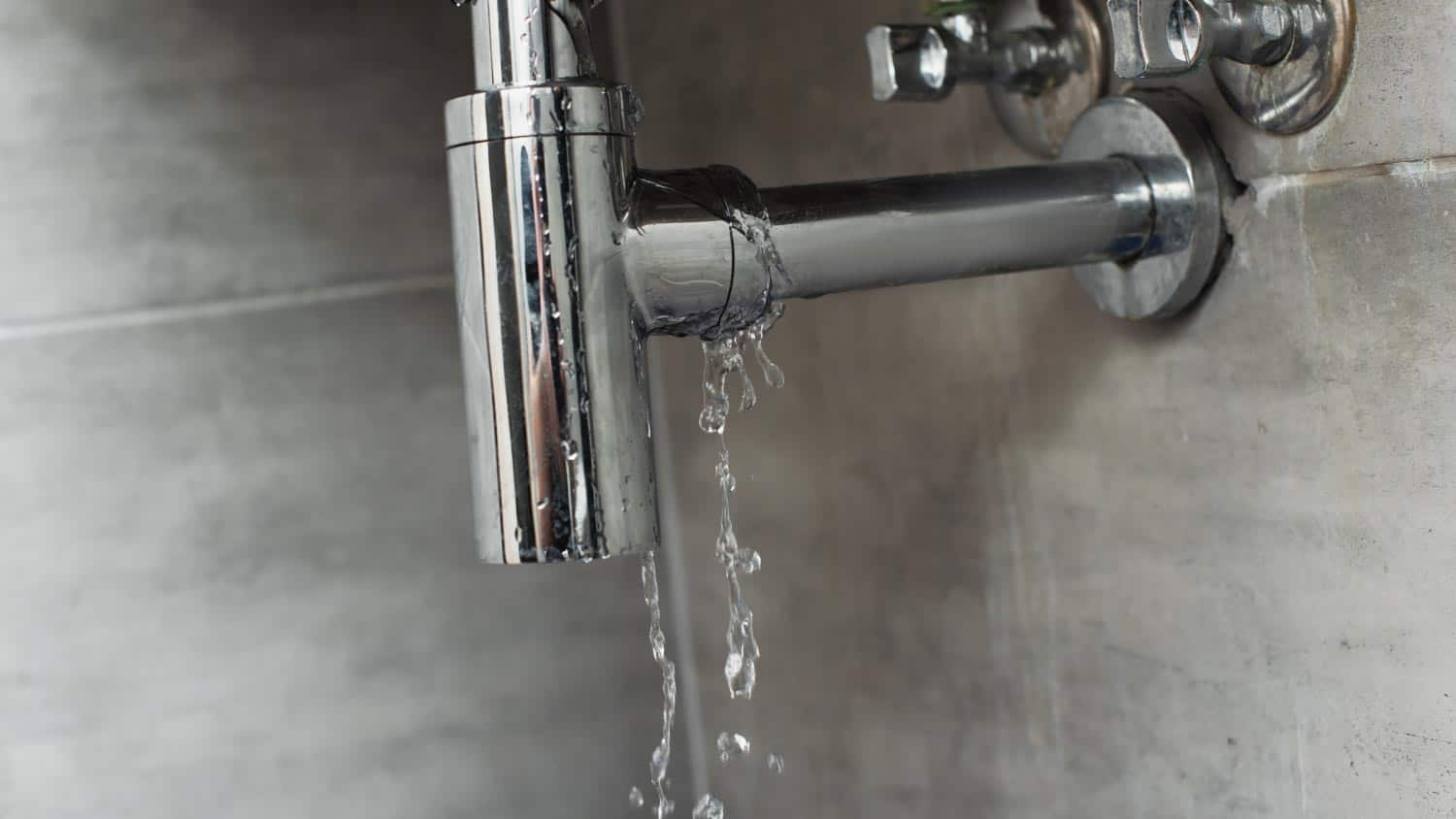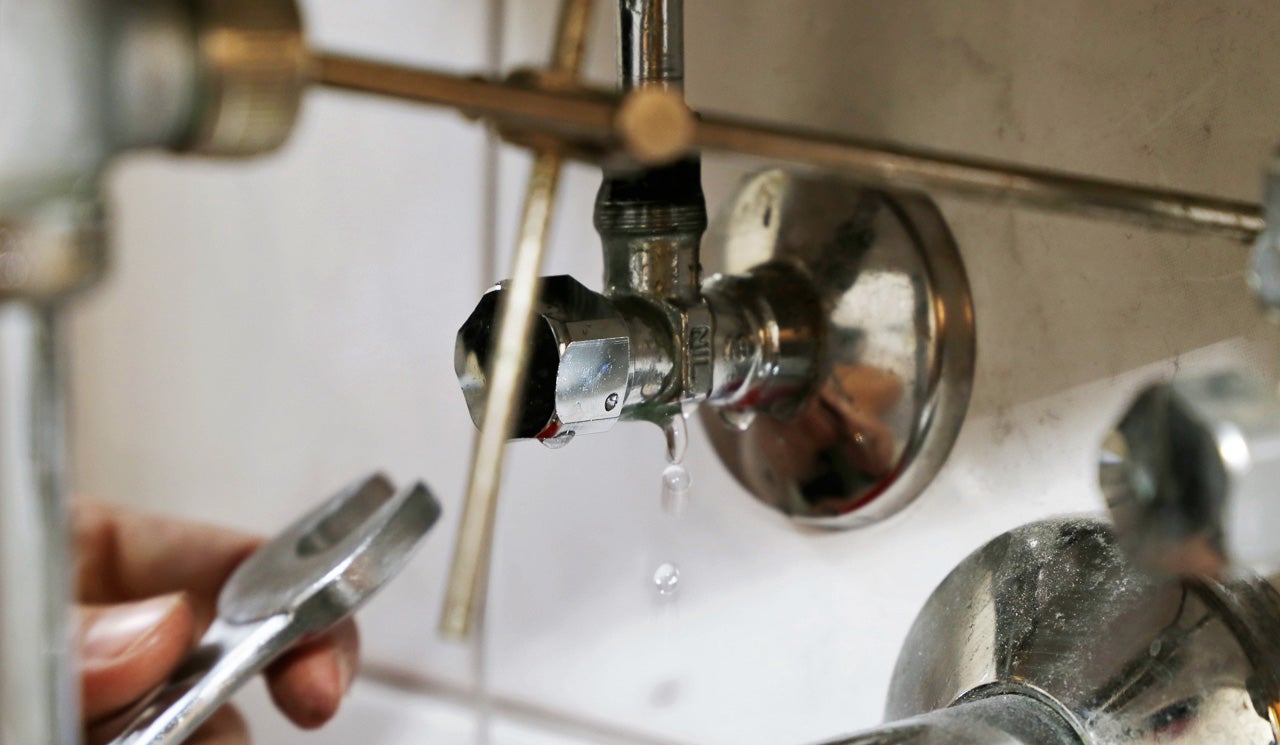Overview To Water Leak Detection At Home
Overview To Water Leak Detection At Home
Blog Article
This article below involving Detecting hidden plumbing leaks is indeed engaging. Give it a try and make your own personal final thoughts.

Early discovery of dripping water lines can mitigate a possible disaster. Apart from conserving you cash, it will reduce the irritation and frustration. The moment you discover a leakage, calling your plumber for repairs is the best solution. Nonetheless, some tiny water leaks may not be visible. If you can not identify it with your naked eyes, right here are some hacks that help.
1. Check Out the Water Meter
Every house has a water meter. Examining it is a surefire way that assists you discover leaks. For starters, shut off all the water sources. Make certain no one will certainly flush, make use of the faucet, shower, run the washing device or dishwashing machine. From there, most likely to the meter and watch if it will alter. Because nobody is utilizing it, there ought to be no motions. That indicates a fast-moving leak if it moves. If you identify no changes, wait an hour or 2 and examine back again. This means you might have a slow-moving leakage that can even be below ground.
2. Examine Water Intake
If you find unexpected changes, in spite of your usage being the very same, it means that you have leaks in your plumbing system. An unexpected spike in your bill shows a fast-moving leak.
On the other hand, a consistent rise each month, despite having the exact same habits, shows you have a sluggish leak that's also slowly intensifying. Call a plumber to thoroughly check your residential property, especially if you feel a warm area on your flooring with piping below.
3. Do a Food Coloring Examination
When it comes to water consumption, 30% comes from toilets. If the color somehow infiltrates your dish during that time without flushing, there's a leak between the container and bowl.
4. Asses Exterior Lines
Don't neglect to check your outdoor water lines also. Must water seep out of the link, you have a loosened rubber gasket. One little leak can throw away lots of water as well as increase your water expense.
5. Analyze the scenario as well as check
Homeowners ought to make it a behavior to inspect under the sink counters and also inside cupboards for any type of bad odor or mold and mildew development. These 2 warnings show a leak so punctual attention is called for. Doing routine inspections, even bi-annually, can conserve you from a significant issue.
More notably, if you recognize your house is currently old, maintain a watchful eye on your heating systems, pipes, pipes etc. Check for discolorations as well as damaging as a lot of pipes as well as appliances have a life expectancy. They will also normally degrade due to damage. If you think dripping water lines in your plumbing system, do not wait for it to escalate. Call a specialist plumber as soon as possible so you do not end up with an awful mess in your house.
Early detection of dripping water lines can minimize a possible catastrophe. Some tiny water leaks might not be noticeable. Inspecting it is a guaranteed way that helps you uncover leakages. One small leakage can throw away loads of water and also increase your water costs.
If you believe dripping water lines in your plumbing system, do not wait for it to intensify.
WARNING SIGNS OF WATER LEAKAGE BEHIND THE WALL
PERSISTENT MUSTY ODORS
As water slowly drips from a leaky pipe inside the wall, flooring and sheetrock stay damp and develop an odor similar to wet cardboard. It generates a musty smell that can help you find hidden leaks.
MOLD IN UNUSUAL AREAS
Mold usually grows in wet areas like kitchens, baths and laundry rooms. If you spot the stuff on walls or baseboards in other rooms of the house, it’s a good indicator of undetected water leaks.
STAINS THAT GROW
When mold thrives around a leaky pipe, it sometimes takes hold on the inside surface of the affected wall. A growing stain on otherwise clean sheetrock is often your sign of a hidden plumbing problem.
PEELING OR BUBBLING WALLPAPER / PAINT
This clue is easy to miss in rooms that don’t get much use. When you see wallpaper separating along seams or paint bubbling or flaking off the wall, blame sheetrock that stays wet because of an undetected leak.
BUCKLED CEILINGS AND STAINED FLOORS
If ceilings or floors in bathrooms, kitchens or laundry areas develop structural problems, don’t rule out constant damp inside the walls. Wet sheetrock can affect adjacent framing, flooring and ceilings.
https://www.servicemasterbyzaba.com/blog/how-to-detect-water-leakage-in-walls/

Do you appreciate reading up on Hacks to detect leaks? Place feedback down below. We will be glad to see your views about this review. In hopes that you visit us again in the near future. Sharing is nice. You just don't know, you might be doing someone a favor. Thanks a lot for your time. Come back soon.
Report this page